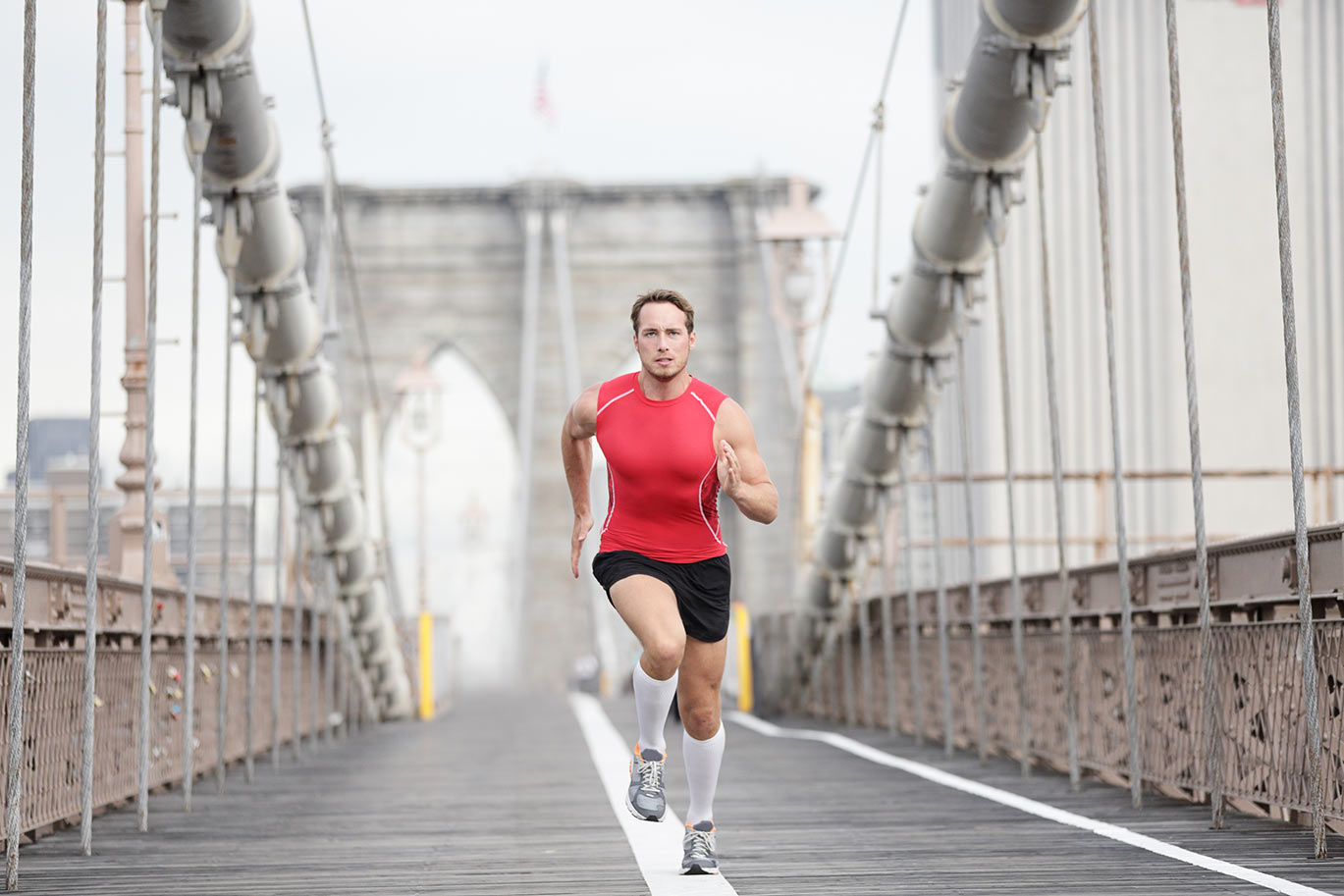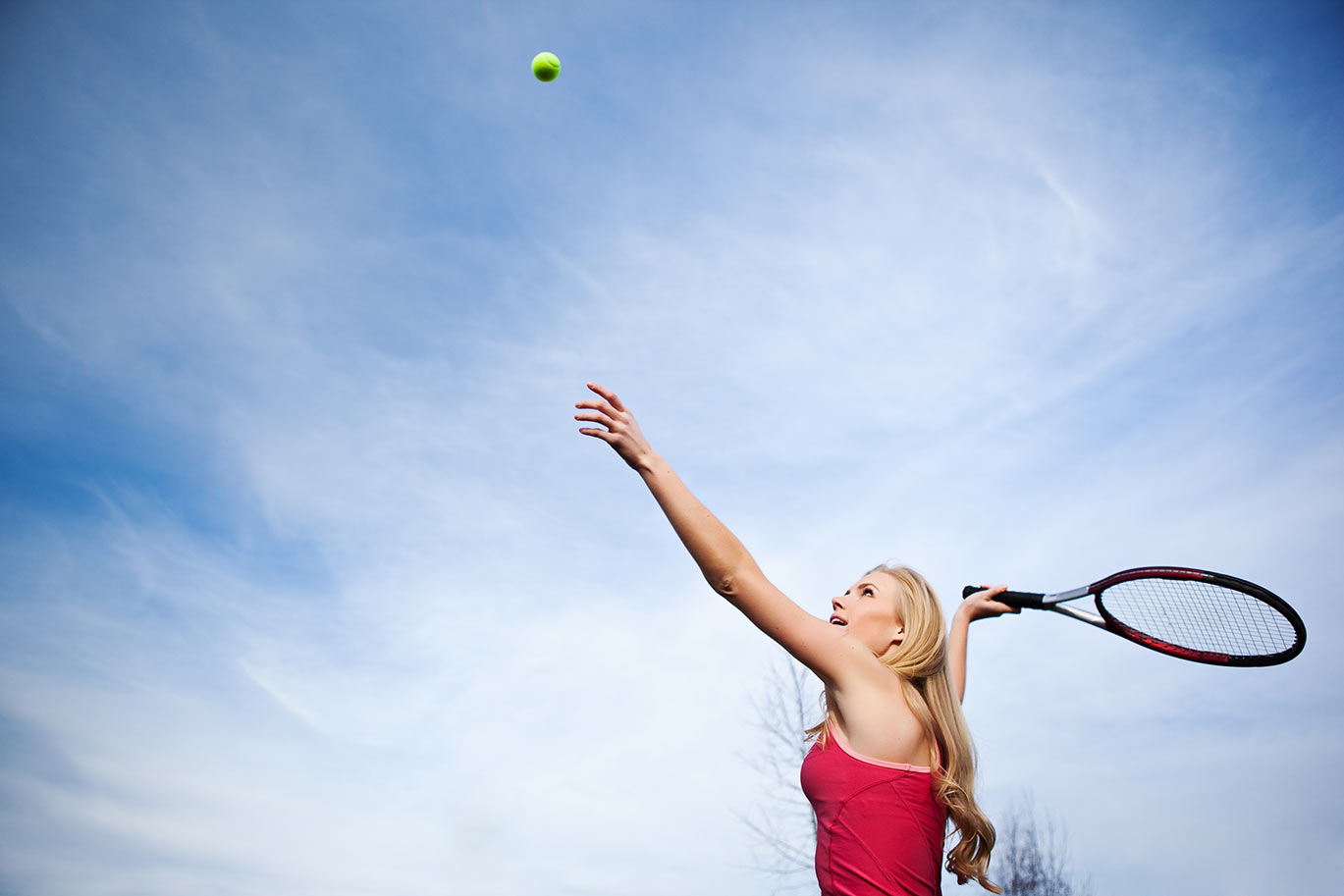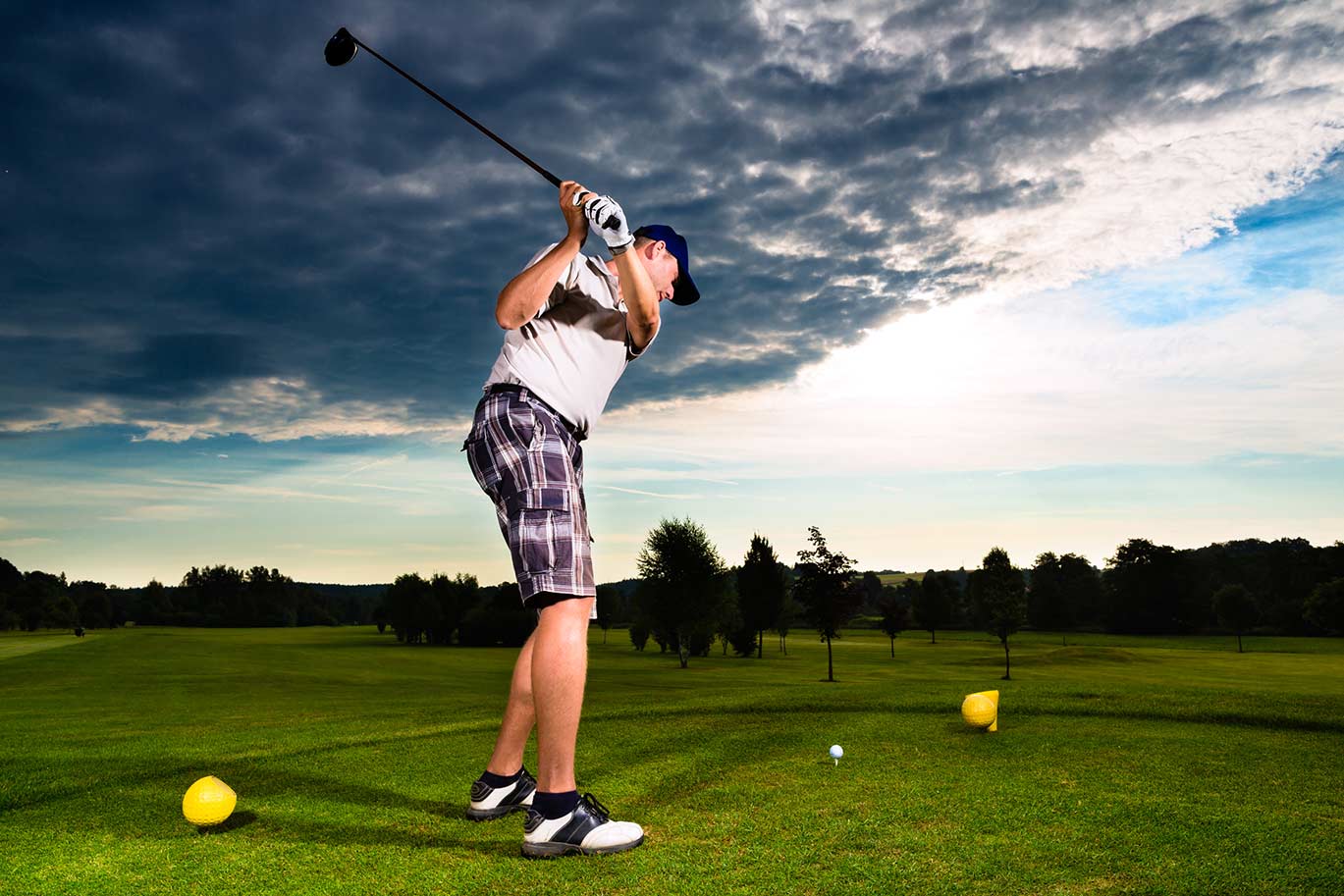If you’re an athlete, you need to know that ACL (Anterior Cruciate Ligament) injuries are the most common in sports, across the board. Caused by impacts and sudden twists in the knee, ACL injuries are endemic, no matter what sport you do.
And if you play a sport like football or rugby, you’re in the line of fire. ACL injuries are most prevalent in high contact sports.
This post offers everything athletes need to know about ACL injuries. As an athlete myself, I know that understanding the nature of this injury supports prevention.
The Bad News
If you’ve injured an ACL, you’re going to know it. Pain will be immediate and intense and you may hear a “pop” as the ligament ruptures.
You’ll experience swelling in the affected knee and find that you can no longer bear weight on the side where you’ve sustained the injury. When your ACL is blown, you’re not going to be mobile for a while, much less playing the game.
The ACL crosses the kneecap, so when it’s injured, you’ve lost the use of one of the crucial hinges of the body – the knee. It does a lot of work, so injuring it is no laughing matter.
The Good News
With the right treatment, an ACL injury is not that big a deal. It hurts. It puts you out of commission. But it’s not a life-changing event.
You’ll be on crutches until that swelling we talked about goes down, the pain decreases and your gait has returned to normal without the support of crutches.
If you’ve torn through the ligament, though, you may need surgery. Following that, there will be a period of active rehabilitation, employing functional rehabilitation exercises and Kinesio taping (which reduces swelling and allows for adequate blood circulation for healing, without impeding the full range of motion).
Ongoing Self-Care
If you’re reading because you’re concerned about sustaining an ACL injury, prevention depends a lot on you. You can’t always avoid an injury. That’s just life in sports. But doing all you can in terms of prevention is a better way to play.
Warming up adequately before playing is key. But part of your training should be learning correct technique, as well as strengthening all the muscles of the lower body and core.
Support for Athletes
As I mentioned earlier, I’m an athlete myself. Being active and participating in sports comes with risk, but you can mitigate that risk by understanding the types of injuries which can be sustained out there and doing what you can to prevent them.
As a chiropractor, I work extensively with other athletes. My mission as a chiropractor is to bring relief from pain, but it’s also to help patients maintain better spinal alignment to avoid dysfunction of all kinds. I also work with patients to correct postural and gait problems. Both can affect athletic performance, leading to all kinds of in injuries, including to the ACL.
ACL injuries happen, but you can do much to prevent them. Contact me to schedule a consultation.














